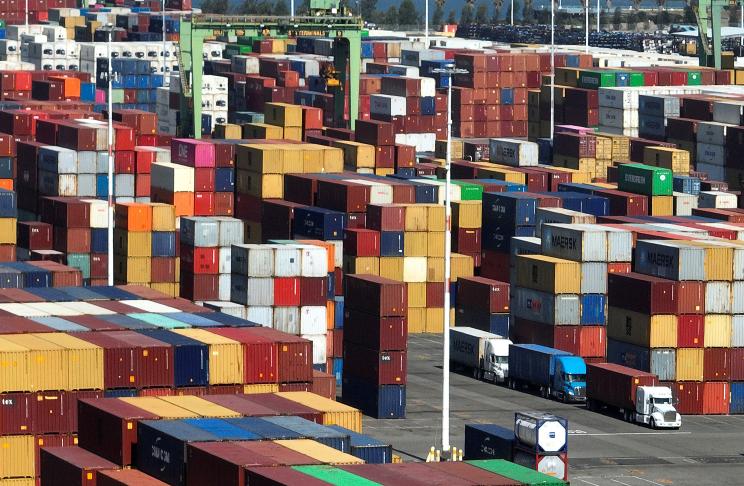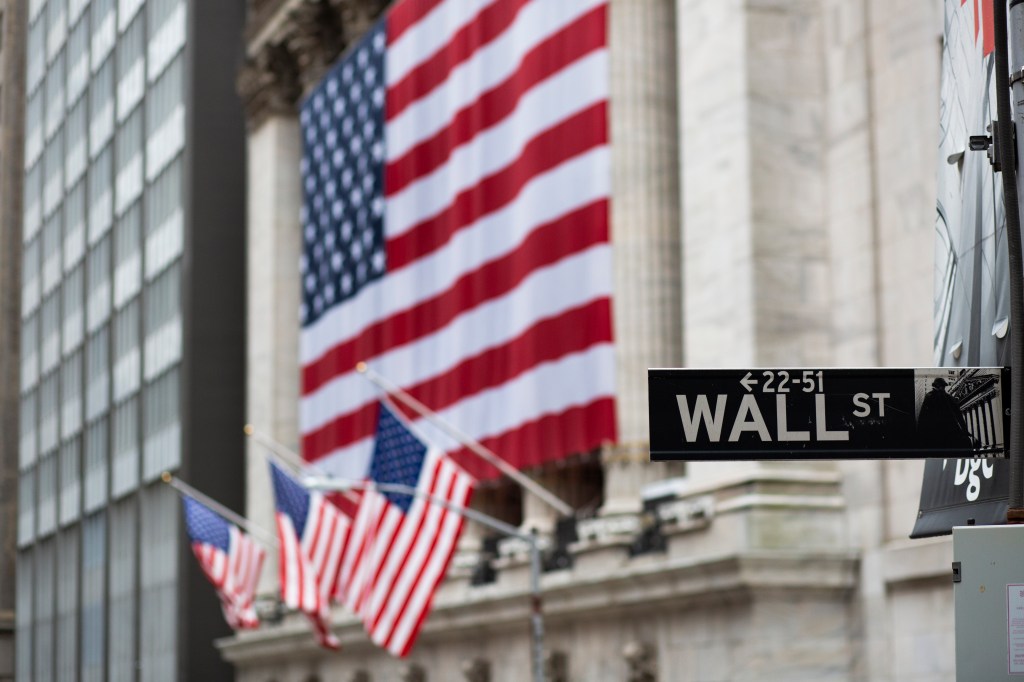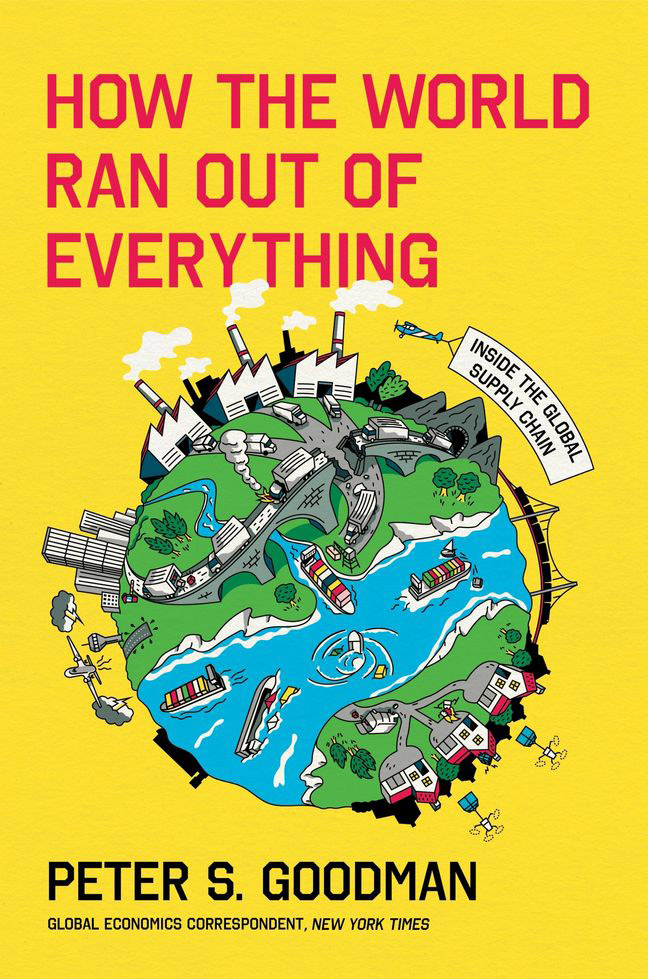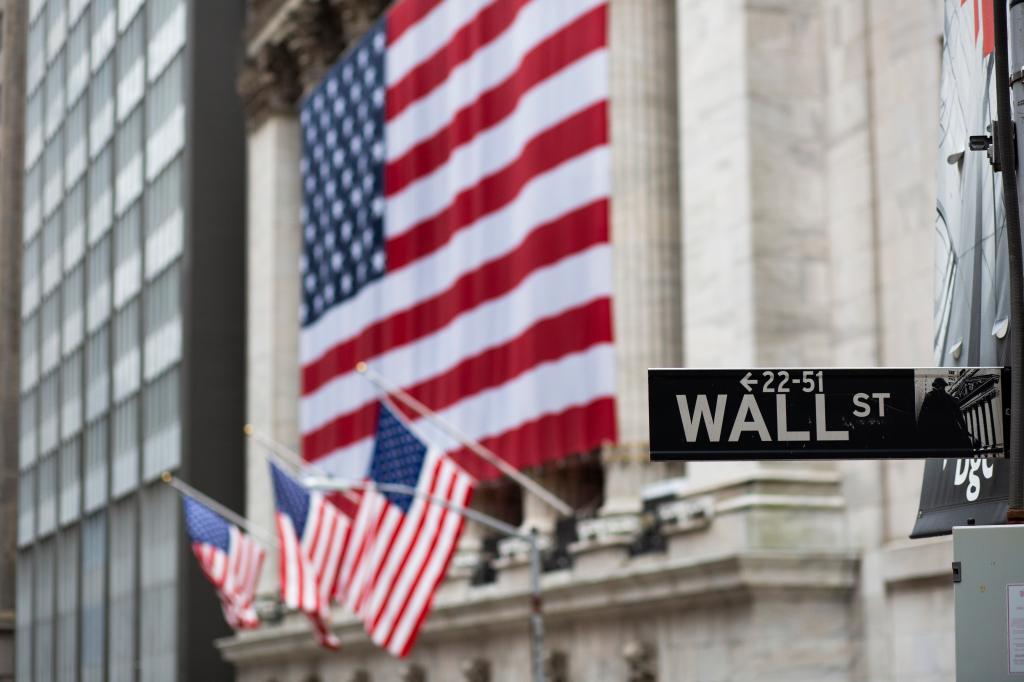In the mid-80s, a new way of doing things was sweeping the business world, but not everyone was convinced.
Jerome Bodmer worked in the purchasing department of Onan Corp., a Minnesota-based company that manufactured industrial generators.
Profits were steady, but then a team from McKinsey & Company, a the management consulting firm, showed up and insisted they could be making even more money by reducing the amount of inventory the company kept on hand.
“McKinsey’s advice appeared to collide with common sense,” writes Peter S. Goodman in his new book, “How the World Ran Out of Everything: Inside the Global Supply Chain” (Mariner Books), out June 11. “What would happen when, inevitably, some supplier ran into trouble and failed to deliver? Didn’t it make more sense to keep extra parts on hand?”
The McKinsey people assured Bodmer that “he had no idea how the modern world worked,” writes Goodman.
Onan adopted the strategy, and though it did please stockholders in the short term, it was a disaster for the workers and customers.
They frequently ran out of essential parts, delaying orders by weeks and even months.
“We’d be waiting to finish a generator that we could sell for a quarter-million dollars, because we didn’t have a $5 sheet metal bracket,” Bodmer told the author.
It was just the beginning of a misguided corporate revolution.
In the coming decades, companies across the globe would adopt this strategy — known as Just in Time, or lean manufacturing — “skimping on the costs of stashing backup parts and products in warehouses,” Goodman writes. “Instead, they depended on the Web and container ships to summon what they needed in real time.”
Cutting inventory increased their return on assets, which “made their shares more attractive to investors,” Goodman writes. “This was straightforward math.”
But it led to a global supply chain that was dizzying in its complexity.
“Cargo ships were no longer just bearers of finished products,” Goodman writes. “Increasingly, they were conduits for components that could be processed in one place — coated with a chemical treatment here, pounded into a desired shape there — and then combined with other parts somewhere else, to be assembled into finished goods.”
This system has evolved to include everything from the obvious — a typical car requires “an average of 30,000 individual parts forged in plants around the globe,” Goodman writes — to the surprising, like disposable diapers, with some brands requiring “more than 50 parts,” writes Goodman. “If just one of these parts could not be purchased, the rest were effectively stuck in limbo, with final production impossible.”
Just in Time was put to the ultimate test during the COVID pandemic, when everything from gaming consoles to smartphones to toilet paper began to vanish from store shelves.
The supply chain disruption was no fluke, says Goodman.
Nor was it a once-in-a-lifetime occurrence.
But “to meet the challenge of the next disturbance,” he writes, “we need to grapple with how we got here.”
The origins of Just in Time manufacturing began in the late 1930s, the brainchild of Toyota Motor Company founder Kiichiro Toyoda.
Rather than filling up warehouse space with parts and supplies, Toyota created a system in which components only arrived on the assembly line precisely when they were needed.
The Western world took notice decades later, when the 1973 oil crisis hurt the profits of automakers worldwide but Toyota was largely unscathed.
It launched a wave of “lean production” true-believers, and by the 1980s companies everywhere were cutting costs by keeping their production lean, and looking across oceans for new suppliers.
On paper at least, it made sense.
Factories in China had all the manufacturing know-how.
And they were cheap, without any of the pesky unions or workplace safety regulations.
American politicians justified the outsourcing on the grounds that it would “generate demand for the ultimate Western export: democracy,” writes Goodman.
By 2020, Chinese companies were producing around 80% of the world’s air conditioners, 70% of all mobile phones, and more than half of all shoes — with an estimated value of more than $3.5 trillion each year.
But the biggest beneficiaries of China’s export boom weren’t “in fading factory towns, but in boardrooms in New York and Seattle,” writes Goodman.
One of the biggest supporters of Just in Time was Apple CEO Tim Cook, who in 2008 described inventory as “fundamentally evil.”
A company should be run like the dairy business, he said.
If your product “gets past its freshness date, you have a problem.”
Until the pandemic, “Tim Cook had not been wrong,” writes Goodman. “Cutting inventory really had tended to enrich corporations.”
But all of that changed with COVID, which shut down the Chinese factories that supplied Apple with the parts they needed.
And that’s when Americans — unable to buy new iPhones — began to panic.
We’ve known for decades that bazillionaires were getting richer by exploiting workers both on US soil and overseas.
But it was something the public was willing to ignore for “the comfort of not having to worry about running out of whatever we needed,” Goodman writes.
The supply chain was not just the circulatory system for goods, Goodman writes, “but also the source of a deep-seated sense of authority over human circumstance.”
When that disappeared — when the things we wanted on demand were no longer available on demand — the Just in Time house of cards began to collapse.
We can’t say we weren’t warned.
Henry Ford, father of the auto industry, predicted what would happen more than 100 years ago.
“We aim to make some of every part so that we cannot be caught in any market emergency or be crippled by some outside manufacturer being unable to fill his orders,” he wrote in his 1922 memoir.
There were even more recent warning signs.
In 1999, a 7.6-magnitude earthquake struck Taiwan, a leading supplier of computer chips.
“The quake shut down a major industrial park where key components for chips were made, generating shortages around the globe,” writes Goodman. “By the time the Christmas season unfolded three months later, parents were struggling to locate popular products like Nintendo’s latest gaming console.”
COVID drove the point home.
Not only were customers unable to find hand sanitizer, toothpaste, and smartphones, but also life-saving medical devices.
“The United States, the world’s most powerful country, had successfully mobilized to defeat the Nazis, put humans on the moon, and catalyze the computer age,” writes Goodman. “Yet, in the face of a lethal pandemic, it could not make or secure enough face masks to outfit medical workers.”
Have companies learned their lesson?
When the next shock comes — another pandemic, earthquake, or other unforeseen disaster — will the supply chain buckle yet again, all because companies wanted to fatten the pockets of their stockholders?
Knut Alicke, who works for McKinsey & Company — the business consultancy that proselytized Just in Time to companies like Onan in the ’80s — admits that “we went way too far,” he told the author. “The way that inventory is evaluated will change after the crisis.”
Goodman disagrees, noting that the incentives at work in the global economy have “remained unchanged. There was still no reward for executives who devoted money on bolstering their supply chains against future risk.”
Alicke admits that his predictions may be overly optimistic. Companies, he told the author, “tend to forget very fast.”
As for Onan and their industrial generators, the once independent family-run company is now part of a sprawling multinational conglomerate.
























